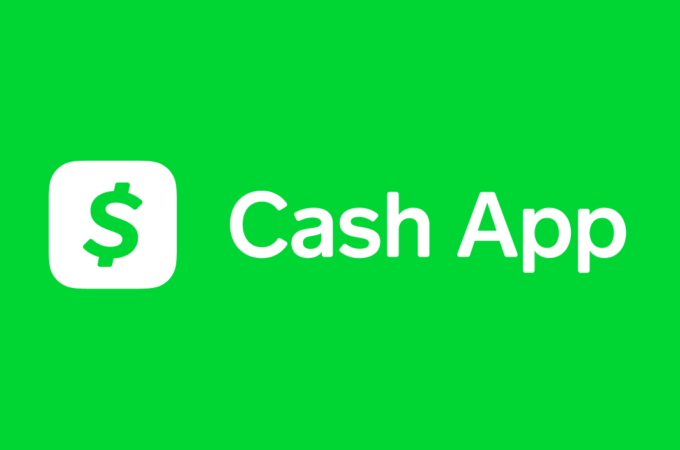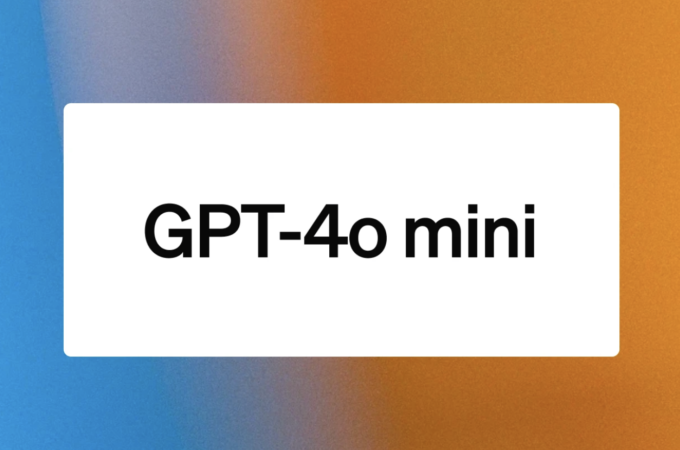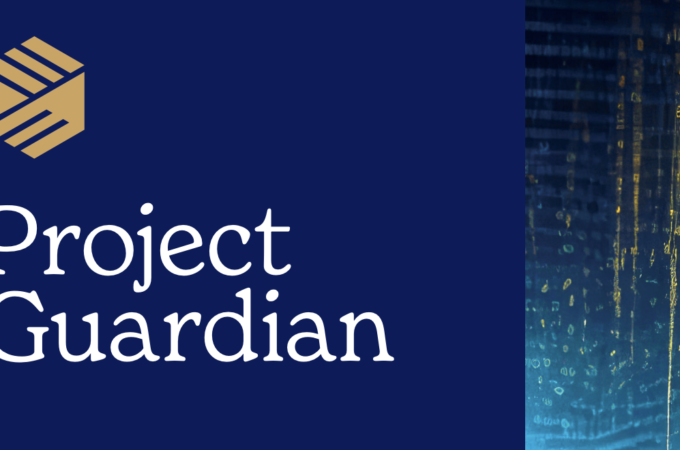
Are Industry-Wide Micropayments The Weapon Against Ad Blocking?
By Anurag Harsh for Forbes
Anurag Harsh is Senior Vice President & Founding Executive of Ziff Davis, the world’s largest tech & gaming digital publisher.
Publishers are having a hard time getting their content in front of Internet users because ad blockers are now standing firmly in the way. This technology has done serious damage to an advertising tactic that had been working (not so) quietly in the background for quite some time. Now, even when people enter sites whose ads have never bothered them, ad blockers prevent the money-laden pop-ups, and that’s a huge problem for publishers.
In this article, I cover the basics of this divisive and expensive issue. Ad blockers, publishers and the reading public are all moving in different directions. What will be left of online publishing once the dust settles?
1. Publishers Strike Back
Content has never been free, but the moment that you ask an ad-blocking reader to pay $0.50 to read an article, you can be sure that they will take a step back.
This tactic is now being used by some of the world’s largest digital publishers (including Forbes, GQ and Conde Nast) to help combat the threat of the ad-blockers. As the ploy goes, you either turn off the ad blocker or pay the $0.50; otherwise your reading experience will be limited.
2. Customers Won’t Tolerate Pop-Ups
The fact that publishers now need to woo people back with the best possible reading experience seems to mark the end of intrusive advertising.
In my 20 years of experience in the digital publishing industry, there has never been a standoff more pivotal to the future of our industry. You could say that readers have been spoiled by the low-friction nature of the advertising-led revenue model, but as the ads have become ever more intrusive, the ad blockers sensed an opportunity and ran with it.
If readers weren’t annoyed by the ads, ad blockers simply wouldn’t exist.
3. Ad Blocking Is Expensive
Leading player Adblock Plus has now been downloaded 500 million times. That’s an overwhelming response, and the publishing industry is reeling. PageFair and Adobe report that in 2015, $21.8 billion in global revenue was lost because of ad blockers. In 2016, that is forecasted to double to $41.8 billion.
In 2015, globally, people using ad-blocking software grew by 41% year-on-year. Forbes says that 13% of their visitors have installed ad blockers; for other sites, whose users are more tech savvy, the percentage could be close to 40%.
4. Publishers Are Getting Creative
Forbes conducted a small experiment to do away with the worrisome ad-blocker problem. The results were fascinating.
From December 17, 2015, to January 3, 2016, 2.1 million visitors were asked to turn off their ad-blocking software in exchange for an ad-light reading experience. Reportedly 42.4% did so. That aggregated to 15 million monetized ad impressions that would otherwise have been lost.
However, what about the remaining 57.6%? Those who chose to ignore the petition and thus couldn’t access articles — would they click through to a Forbes article next time? If they did decide to disable their ad blocker in the future, would they be less likely to share articles with the knowledge that their audience would see the same message? Would they even know how to turn off the ad blocker in the first place?
Conclusion
Those who decide to consume their content elsewhere can find plenty of places where there is no “pay up or switch off” ultimatum. The publishing industry is not yet united in its response, but if every mainstream organization were to limit access for readers using ad blockers — either asking them to disable it or pay a small fee per article — you can be sure that the ad blockers would be out of business pretty swiftly.
This may well work, but the industry has to practice moderation. People come to read, not to be inundated by a tsunami of intrusive and cumbersome advertising.
The article first appeared in Fortune





